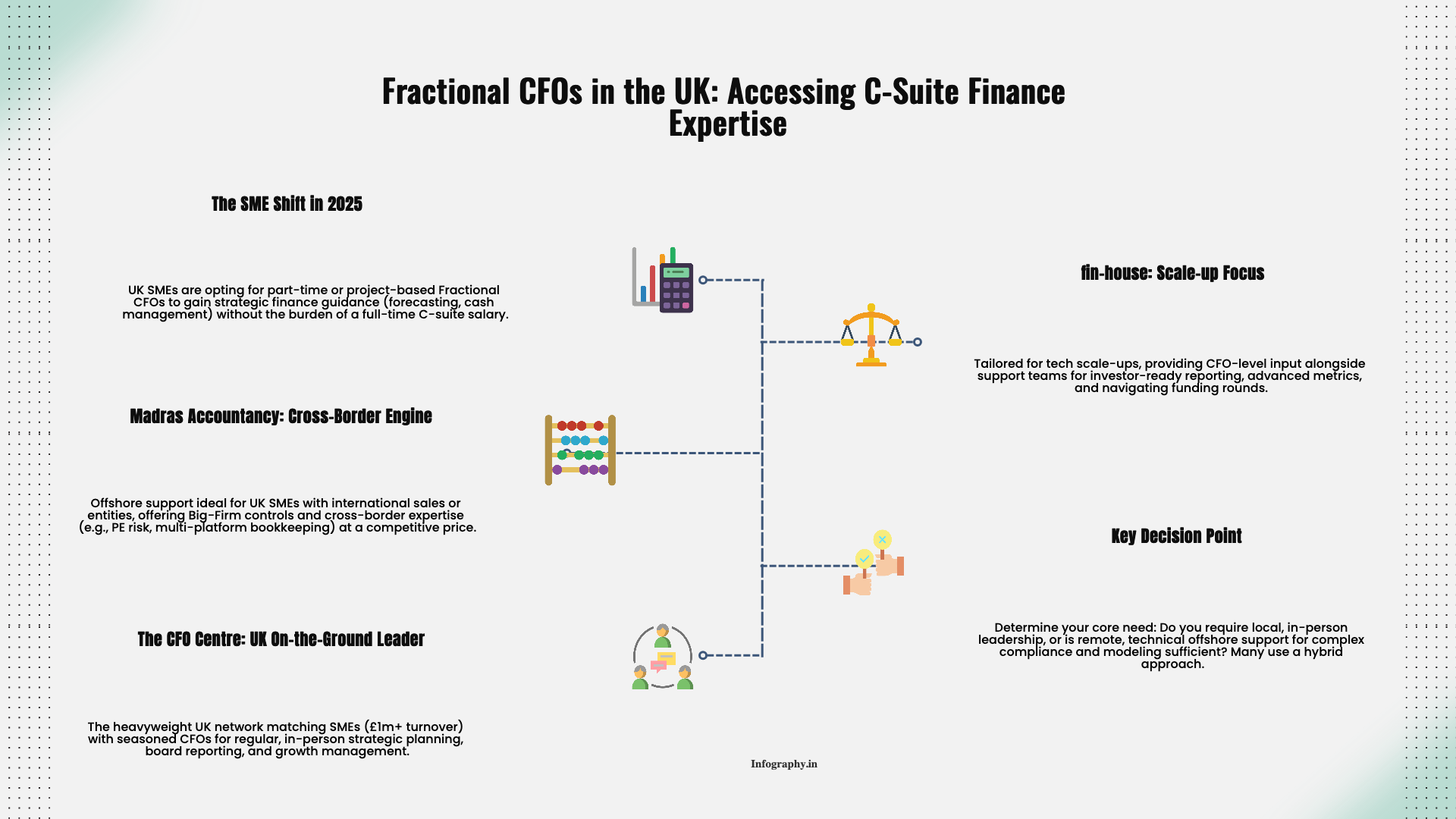Selling a long-held rental property can produce a significant gain—but also a significant tax bill. Between federal capital gains tax, depreciation recapture, and state taxes, a straightforward sale can send a large share of your profit to the government in a single year.
Two common tools for reshaping that outcome are the 1031 like-kind exchange and the installment sale. Both change the timing of tax, but they do it in different ways and support different goals. Understanding those differences helps you pick the approach that matches what you want from the sale.
A Section 1031 exchange allows you to sell investment real estate and reinvest the proceeds into other qualifying property without recognizing gain immediately. Instead of paying tax in the year of sale, you carry your tax basis and accumulated depreciation into the new asset.
In practice, a typical exchange involves:
When done correctly, both capital gains and depreciation recapture are deferred. You have the same tax "story" embedded in a new property rather than crystallizing it with a tax payment now.
A 1031 exchange helps if you:
The trade-offs include:
For investors still in "growth mode," the ability to roll equity forward and postpone tax can outweigh the constraints.
An installment sale, often structured as seller financing, takes a different approach. Instead of swapping into a new property, you sell the existing one but agree to receive the price over a period of years. Under the installment method, you generally recognize gain proportionally as you receive principal payments.
For example, if 60% of each payment represents return of basis and 40% represents gain, you recognize 40% of each principal payment as taxable gain in the year received. Interest you charge the buyer is taxed as ordinary income.
This structure reshapes the timing of tax without requiring you to remain an owner. You convert the property into a stream of payments and associated tax recognition.
An installment sale can make sense when you:
Points to watch include:
Structuring down payments and security carefully is important so that you are compensated appropriately for the risks you retain.
Although both tools change tax timing, they serve different purposes:
It is possible to combine ideas in some circumstances—for example, using a partial exchange with some cash out or layering charitable strategies—but those paths add complexity and require close coordination with advisors.
The choice between exchanging and selling on installment is not only about tax rates. It is also about how you want your time and risk profile to look in the next phase of your investing life.
Questions worth asking include:
Walking through two or three scenarios with your CPA or planner—one assuming an exchange, one using an installment sale, and one with a straightforward sale—often clarifies the trade-offs more than any abstract comparison. The right exit strategy is the one that supports both your balance sheet and the way you want daily life to look after the sale closes. For more on exit planning for landlords and depreciation recapture, see our comprehensive guides.
.png)
December 9, 2025
A straight-talking overview of five small business tax prep options in 2025, including Madras Accountancy, TurboTax, H&R Block, TaxSlayer, and Bench’s books-plus-tax model.

December 9, 2025
An on-the-ground guide to the UK’s fractional CFO ecosystem – London and beyond – including The CFO Centre, fin-house, FD Capital, BKL, BSmart, and how Madras Accountancy fits into cross-border and hybrid models.